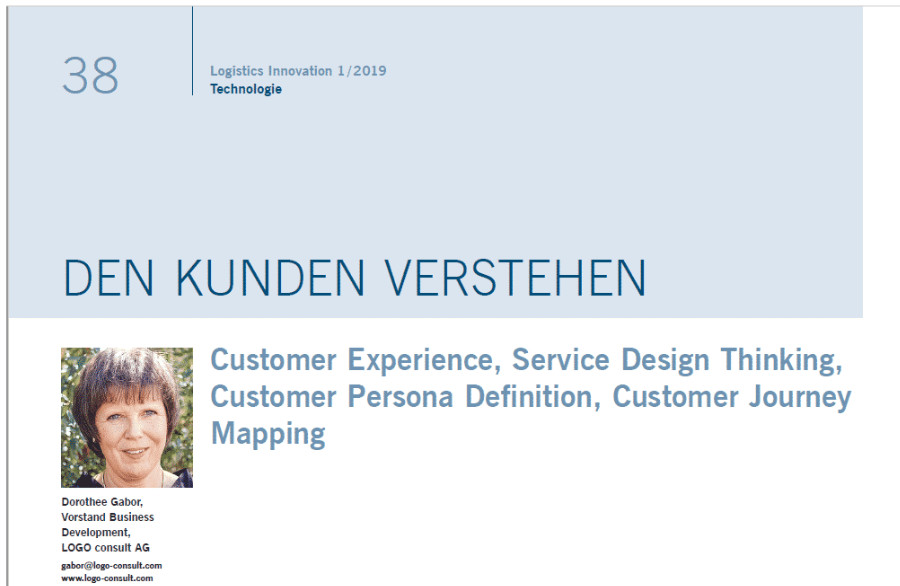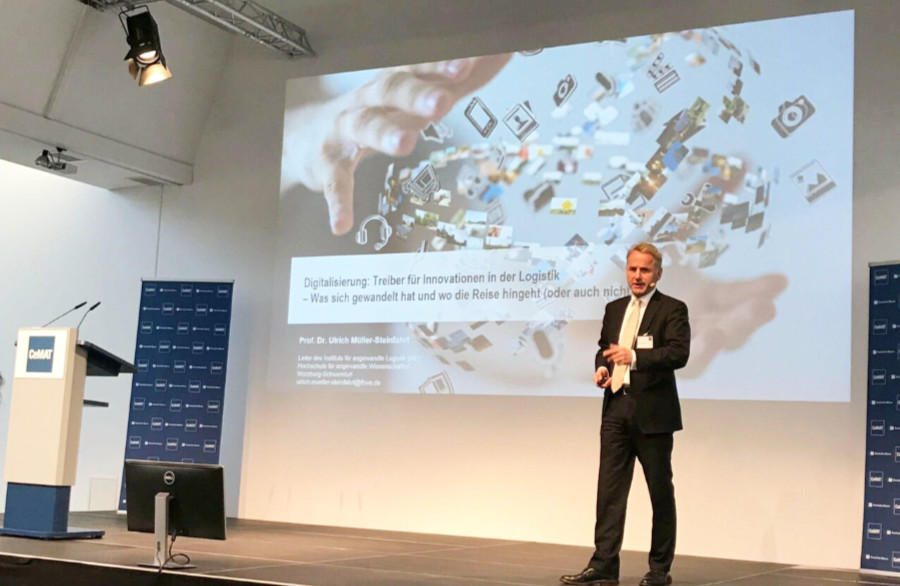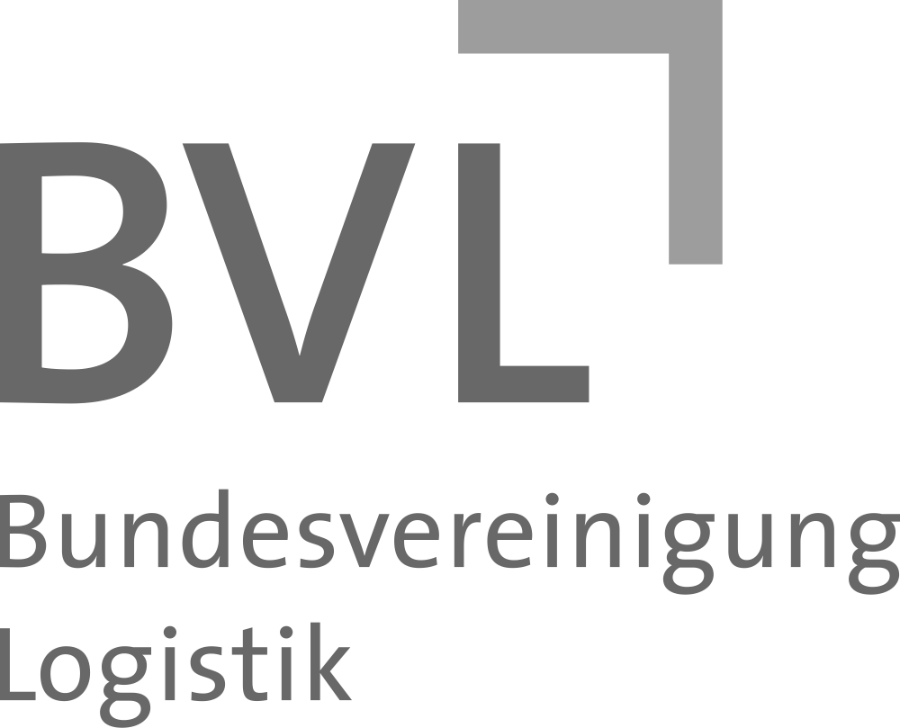The aim is to show VNL members how sales processes can be optimised by defining their company’s customer journeys and customer personas. Whether digitally or in personal exchange with customers.
Here you can download the article: LOGO consult Presse
A good “customer experience” is the goal of these activities.
What is customer experience, especially in logistics?
This term summarises which emotions are generated in the business relationship. Also in the B2B area. Emotions are often underestimated here in particular, but they are a decisive factor, as in all purchasing decisions.
How does your company present itself in social media? How in print and online advertising? What do your containers, trucks and rail wagons look like? What services can your customers access on your website? How does your customer service react to service requests? All this influences the image of your company in the eyes of your customers.
Of course, your delivery reliability, the undamaged condition of the goods, your solution orientation in complex transport orders. But these factors have always been considered in customer satisfaction.
But it is quite clear that the soft factors in the customer relationship also have a great influence on customer satisfaction.
So it is very important that you as a company know and understand all interactions with your customers.
The interactions add up to typical customer journeys. These differ by starting point, requirements, time frame and repetition.
There is a difference between dealing with a company for which you handle logistics for production and transporting food from the grower to the hub. The transport of large machine parts is subject to completely different rules than the transport of pharmaceutical products. In each of these cases, you have a different customer journey with the customer on the other side.
And the negotiating partners are the customer personas. Are you talking to a warehouse manager or a production manager? Or directly with the managing director of a medium-sized company? In each case, the interaction will be somewhat different.
So the challenge now is to identify the customer personas and then capture the typical journeys.
Once this information is available, even less experienced staff can conduct negotiations in a way that makes the customer feel understood and satisfied.
Goal achieved!
It is clear that digitalisation is only just beginning here. It is possible to store the journeys in your CRM, define milestones and actions for them and thus give your employees good tools to work towards customer satisfaction in everyday life.
A clear visualisation of the current position in the customer journey as well as sales tips for the next steps further support your customers.













